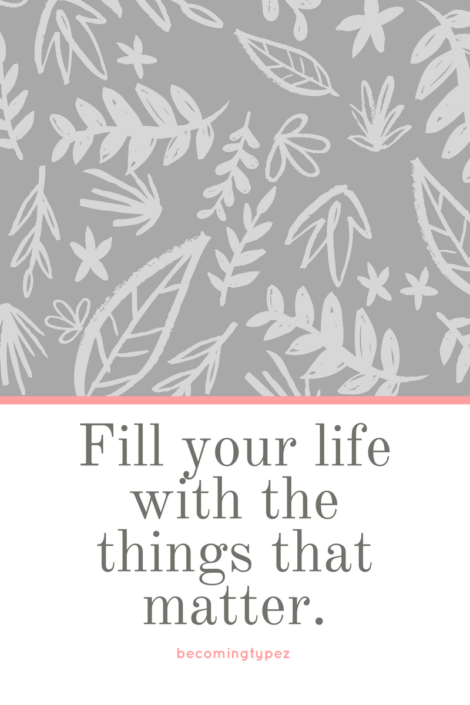In education when we’re writing curriculum, we often follow a process pioneered by Jay McTighe and Grant Wiggins. Following their process, we “work backwards.” We identify the big ideas, the lasting learning, the concepts we want to stick. Wiggins and McTighe call these “enduring understandings.”
We educators are super thoughtful when identifying specifically what it is we want kids to learn. Then, we ask questions, “essential questions” to inspire learning, encourage reflection, and help students comprehend that what they’re doing is important.
This process called Understanding By Design requires teachers to be mindful in their curriculum writing, purposeful with their allocation of precious time and resources. And it works really well. So well that we remove the fluff and focus on the good stuff. The stuff that a professor of mine dubbed the material that passes the “so what?” test. If we cannot justify why any task is important, then we simply don’t include it.
Then I got to thinking. What if we could sit down, identify the non-academic learning we want our kids to master? The really important things that pass the “so what” test, what I refer to as “the things that matter,” that make our lives full. Full of experiences, joy, a sense of purpose?
And then I thought, why not take what I know about the Understanding by Design model and plug in some enduring understandings and pose some essential questions? It was a lightbulb, aha moment. Of course we could apply McTighe’s and Wiggins’ process of working backwards to inform our parenting!
I brainstormed the key understandings I want to stick with my nearly grown daughters, which incidentally are the same things I want for my students. I want them to feel connected to community, yet independent; self-confident, yet humble; calm, yet enthusiastic.
I started with a UbD template, and plugged in something I want my kids to know. Then I added a question to drive this point home.
| Enduring Understanding | Essential Question |
|---|---|
| People who possess confidence have limitless opportunities. | How do you show self-confidence? |
It was a good starting point. But I wasn’t presenting material. I needed my matrix to be more specific, yet general enough for others to use. So, I riffed on McTighe and Wiggins’ framework. Added easy to understand headings. What things, precisely, do we want our kids to learn about life anyhow? What tools do we want them to accumulate? What do we want them to be able to do? And why do these things matter?
Here’s my starting point:
| What Do I Want My Child to Know? | What are the necessary tools? | Why does it matter? |
|---|---|---|
| Self-confidence can improve with practice. | Eye contact, a calm voice, smiles… | Self-confident people have more opportunities than less-confident people. |
Then I thought some more. Something was missing still. I know I want kids to be happy, confident, and successful. I know first-hand how much better life is when anxiety is replaced with confidence. Then I thought, of the Antoine de Saint-Exupery saying, “a goal without a plan is just a dream.” That’s what I needed! My matrix needed an action plan, some suggested steps. So I revised my matrix once more.
| What’s the goal for my child? | What tools/skills do they need to accomplish this? | Why does It matter? | What can I do to help make this happen? (possible action steps) | Timeline |
|---|---|---|---|---|
| I want my child to be self-confident. | Opportunities to practice speaking, developing eye contact, learn through repeated practice. | 1. Self-confident people have more opportunities. 2. Confident people are happier. | As a teacher, easy-peasy: provide numerous opportunities to practice speaking in partnerships, small groups, and whole group. Provide verbal feedback on specific growth. As a parent, yikes: Be quiet, don’t force my child into conversation, but let my child speak for herself. | Daily |
Then I started plugging in a desire statement, just to see how the matrix worked. When I was filling in my own worksheet, I found my action steps became nifty actionable tip-lists in and of themselves, the heart of becoming type z!
Each month I look forward to sharing specific goals, tips and action steps to helping kids of all ages become their happiest, most confident, type z selves.
© Kathie Z
